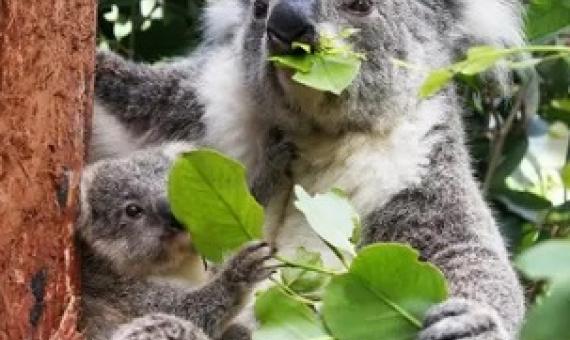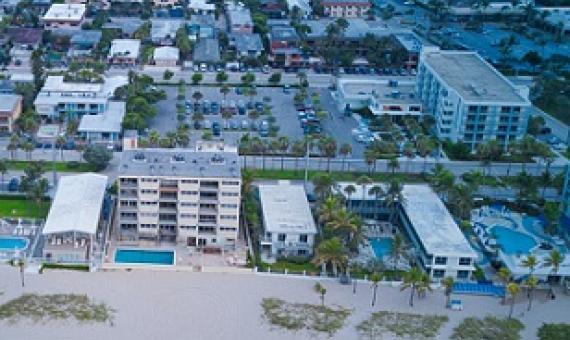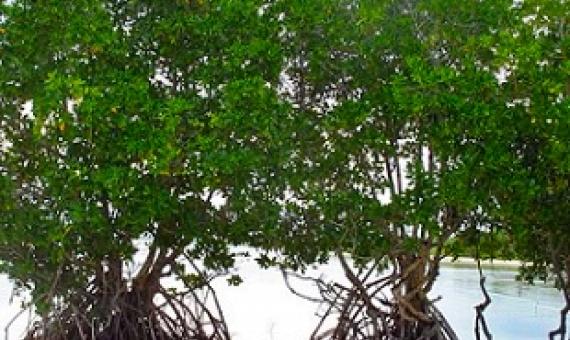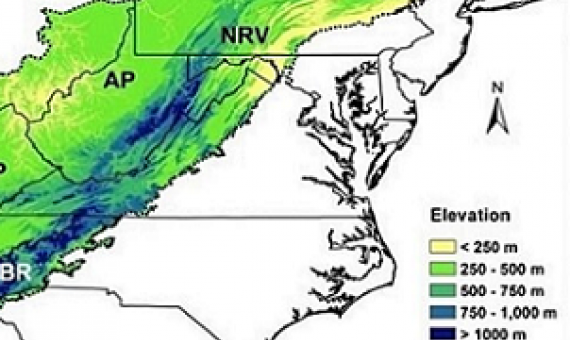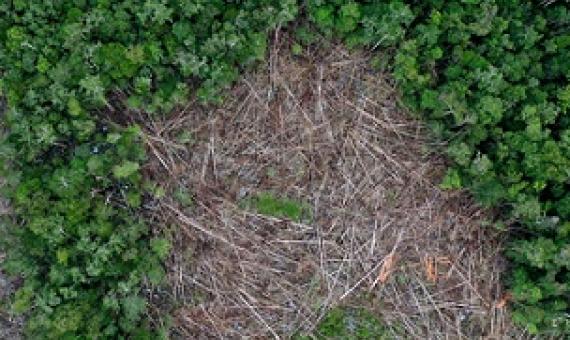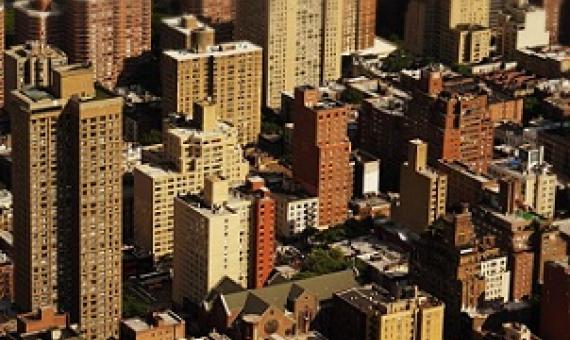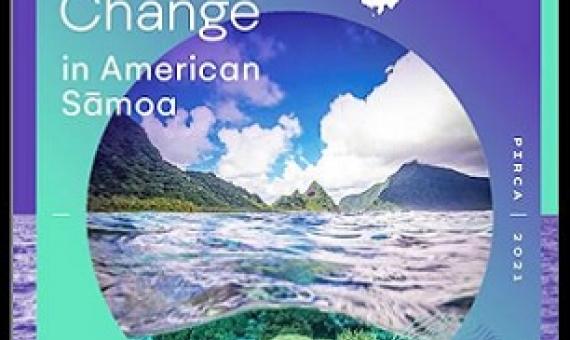Corporate Australia is familiar with the concept that climate change presents a financial risk to the global economy, but more recently biodiversity loss has emerged as an equally important risk.
Worldwide, 267 million people live on land less than two meters above sea level, which is most at risk from sea level rise, according to a study in Nature Communications.
Decision-makers around the world are increasingly interested in using ecosystem solutions such as mangroves, coral reefs, sand dunes and forests on steep slopes to help buffer the impacts from hazard events and protect populations.
As temperatures and sea levels rise as a result of climate change, flora and fauna are migrating into new and unknown lands to survive.
Climate change threats to life on Earth are systemic, interconnected and on a scale unprecedented in human history, the UN's climate science advisors have warned in a draft report...The report warns that after previous drastic climate shocks like the one currently facing the planet, the
Small island nations most threatened by climate change fear that they will also be the most likely to be disadvantaged if the United Nations climate talks to be held in Glasgow in November are disrupted due to the uneven global distribution of COVID-19 vaccinations...At large international confer
Oceans cover 70 per cent of the Earth’s surface.
The world is at a crossroads, as humanity tries to mitigate climate change and halt biodiversity loss, while still securing a supply of food for everyone.
It's time to stop blaming overpopulation for our environmental woes and start looking at the factors that really matter—resource consumption and toxic exposure as population growth and fertility rates show downward trends. U.S. and global populations are both growing at slower rates.
Human health risks, stronger cyclones, coral reef death, and coastal flooding are among the major challenges detailed in a new report on climate change in American Sāmoa.

